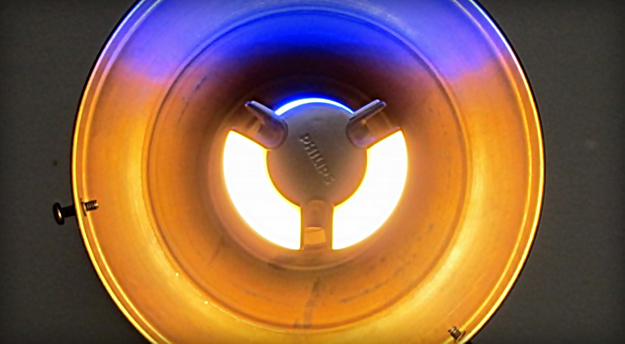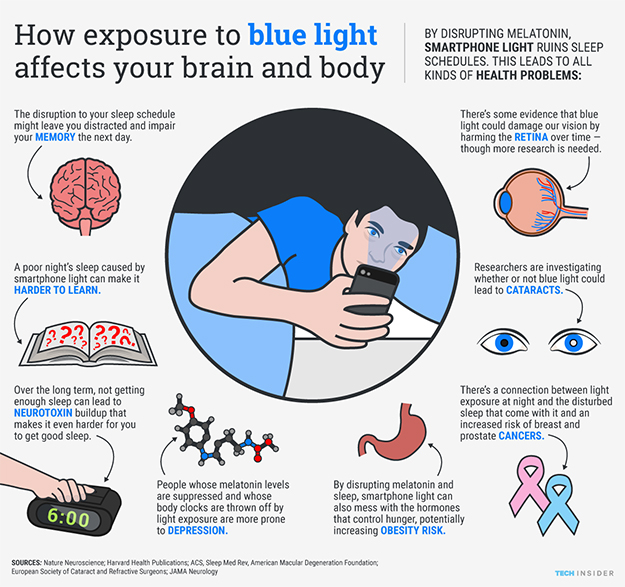Could Light Bulbs Soon Fight Jet Lag?
Did you know that most white LEDs are not actually white? It’s actually an optical illusion created by using a blue diode with a small amount of yellow light on the tip. These colours complement one another within the light spectrum and seeing them together tricks your brain into believing that it is white light.

This has been the case for some time now but as LED technology develops, so do the manipulations by scientists. Now they are building LEDs that will tune into our biological clocks.
New LED technology aims to improve psychological wellbeing – in fact, a variety of uses have already been touted. Scientists have suggested that the bulbs could be used on planes in order to combat the effects of jet lag. They also think using them in schools could help calm children down, creating a better learning environment.
LED technology for lighting is still fairly new. A team of Japanese scientists created the first blue LED in the early 90’s and were rewarded with the Nobel Prize for Physics in 2014. Since the first usage of LEDs to create white light the technology has been rapidly developing. It just so happens that this advancement coincided with another in the field of Psychology. Namely a better understanding of how lighting affects mood, sleep patterns and general wellbeing.

Image Credit To TechInsider
The LEDs that we currently use emit quite a cold light, because of the mental trickery of using a blue diode to create white light. This means the first real challenge for scientists was to use the robust and efficient technology of LEDs but to create a more sun like light spectrum with them. This has largely been achieved through manipulation of the original and by introducing the warmer reds and oranges of the light spectrum into the LED mix. This means that our newer LED bulbs have a closer resemblance to the sun.
However, as scientists developed these bulbs others have discovered that our perception of light is not as straight forward as first thought. It has been found that light enters in non-visual pathways, creating two hormones that are key to our wellbeing. These hormones are melatonin and cortisol which affect sleep patterns and daytime stress levels. The amount of these hormones released has slowly developed based on the amount of natural sunlight we are exposed to. The creation of these hormones is disturbed by artificial lighting and too much screen time.
Therefore, by creating an LED that is equivalent to natural sunlight this effect will be limited and our wellbeing would be much improved.
LEDs are able to rapidly change spectral quality and intensity. The hope is that sensors outside would register the sunlight and this would be replicated indoors by LED lighting. All lighting could be replaced by this technology – this would not only be beneficial to humans and help to combat things such as jet lag, it would also be beneficial to the environment as LEDs are supremely energy efficient.
Created by Steve Ellwood on 1st April, 2016
Author
 | Steve EllwoodQualified as an Electrician, founder of BLT Direct |



